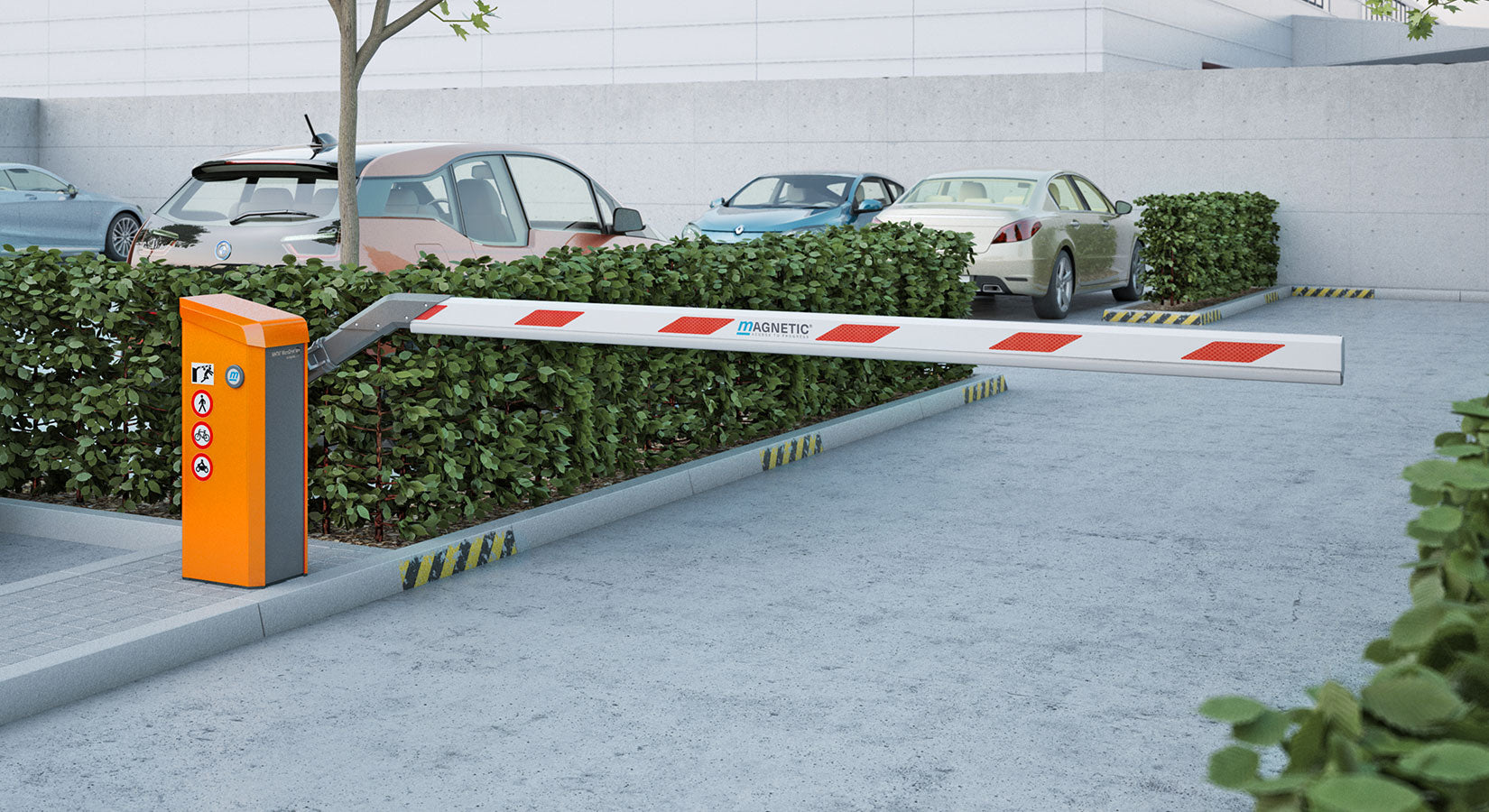The Greatest Guide To Wedge Barriers
The Only Guide for Wedge Barriers
Table of ContentsA Biased View of Wedge BarriersWhat Does Wedge Barriers Do?

The Of Wedge Barriers
g., spring support 65 )might be fixed to completion of the spring pole 58 to enable compression of the springtimes 60. As the springs 60 are compressed in between the spring supports 62, the springtime assembly 54 produces a pressure acting upon the cam combined to the spring pole 58 in an instructions 66. For instance, the remaining force put on
the camera to release the wedge plate 16 may be supplied by an electromechanical actuator 84 or other actuator. The spring assembly 54 and the actuator 84(e. g., electromechanical actuator)might run together to translate the camera and lift the wedge plate 16.
As mentioned above, the spring setting up 54 applies a consistent force on the camera, while the electromechanical actuator may be managed to apply a variable pressure on the camera, thereby enabling the lifting and lowering( i. e., releasing and pulling back )of the wedge plate 16. In specific embodiments, the continuous pressure used by the spring setting up 54 may be flexible. g., electromechanical actuator) is handicapped. As will certainly be valued, the springtime assembly 54 might be covered and safeguarded from debris or various other elements by a cover plate(e. g., cover plate 68 received FIG. 4) that might be considerably flush with the raised surface 38 of the foundation 14. As pointed out above, in the released position, the wedge plate 16 serves to block access or travel past the obstacle 10. The barrier 10(e. g., the wedge plate 16 )might obstruct pedestrians or lorries from accessing a residential or commercial property or pathway. As talked about over, the obstacle 10 is connected to the support 30 protected within the structure 14,

front braces 71. Because of this, the link assemblies 72 may pivot and revolve to make it possible for the collapse and expansion of the linkage settings up 72 throughout retraction and release of the bather 10. The affiliation settings up 72 reason activity of the wedge plate 16 to be restricted. If a car is traveling towards the deployed wedge plate 16(e. For instance, in one situation, the safety legs 86 may be extended duringmaintenance of the barrier 10. When the safety legs 86 are deployed, the safety legs 86 support the weight of the wedge plate 16 against the surface 12. Therefore, the training device 50 may be deactivated, serviced, her explanation eliminated, changed, and so forth. FIG. 5 is partial perspective sight of an embodiment of the surface-mounted wedge-style obstacle 10, illustrating the webcam 80 and the webcam surfaces 82 of the training mechanism 50. Particularly, two cam surface areas 82, which are referred to as reduced webcam surface areas 83, are placed listed below the camera 80. The lower camera surface areas 83 may be fixed to the surface area 12 (e. For instance, the lower cam surface areas 83 and the placing plate 85 may form a single item that is protected to the support 30 by bolts or various other mechanical bolts. Additionally, two camera surface areas 82, which are referred to as upper camera surfaces 87, are positioned above the web cam 80 and combined to (e. In various other personifications, intervening layers or plates may be placed between the surface 12 and the reduced webcam surfaces 83 and/or the wedge plate 16 and the upper camera surface areas 87 As stated over, the cam
80 equates along the web cam surfaces 82 when the wedge plate 16 is raised from the pulled back placement to the released placement. In addition, as discussed above, the spring assembly 54 (see FIG. 3 )might supply navigate to these guys a pressure acting on the cam 80 in the instructions 102 via spring pole 58, which may decrease the force the electromechanical actuator 84 is called for to put on the cam 80 in order to activate and raise the wedge plate 16. 1 )to the released position(see FIG. 4). this As revealed, the cam 80 includes track wheels 104(e. g., rollers), which contact and translate along the camera surface areas 82 during procedure.